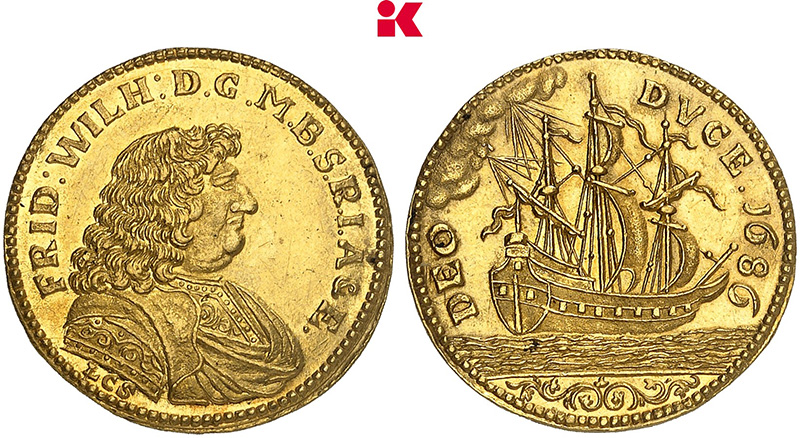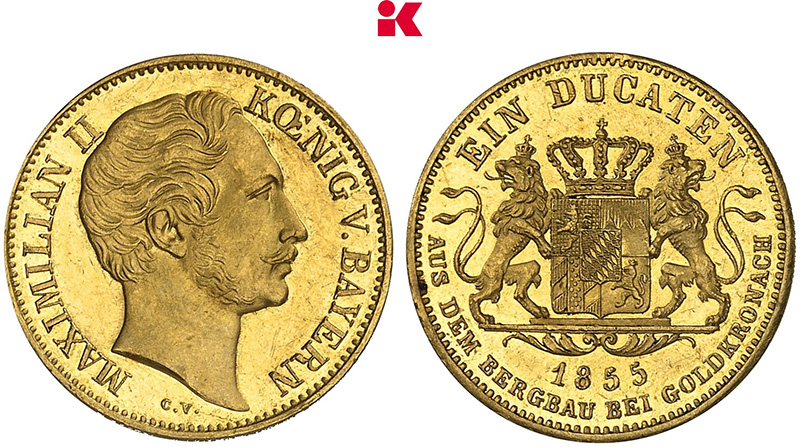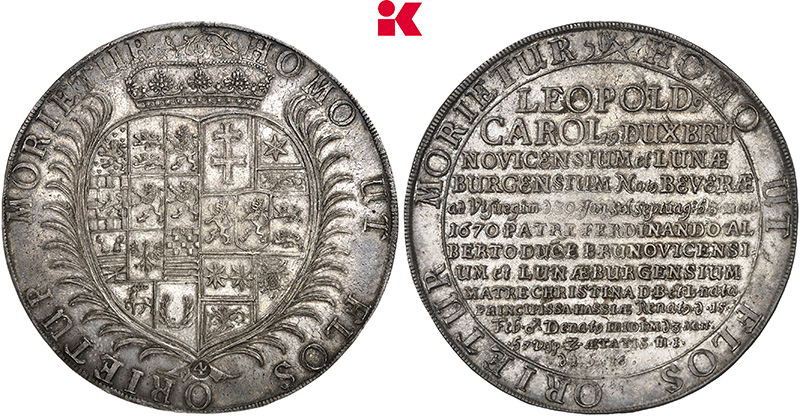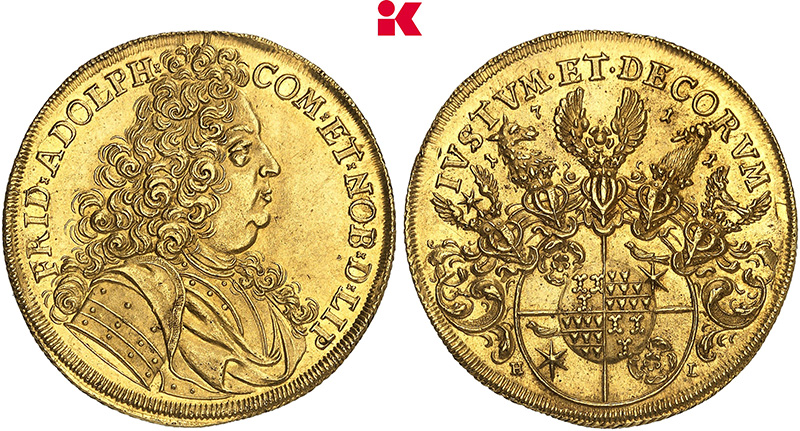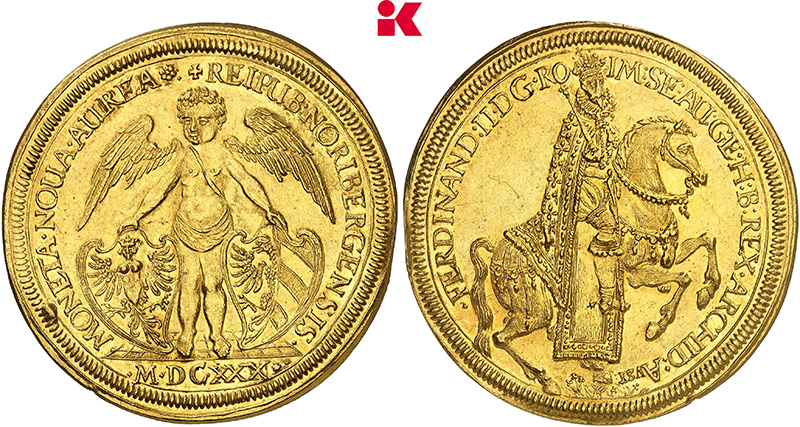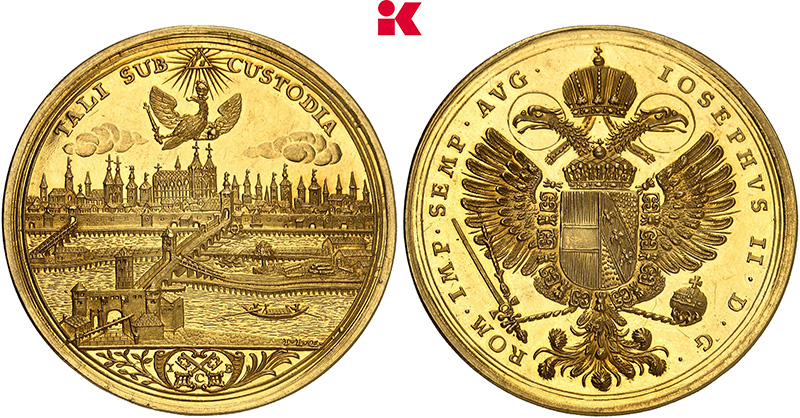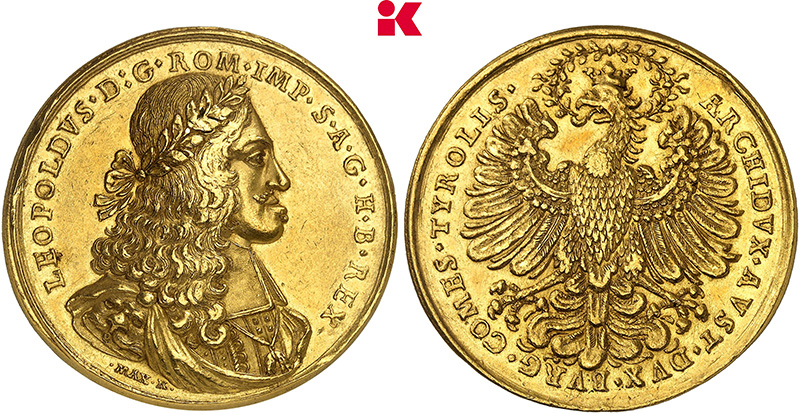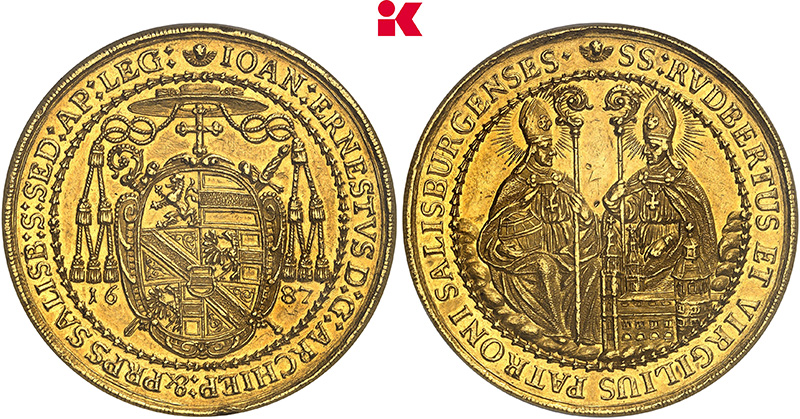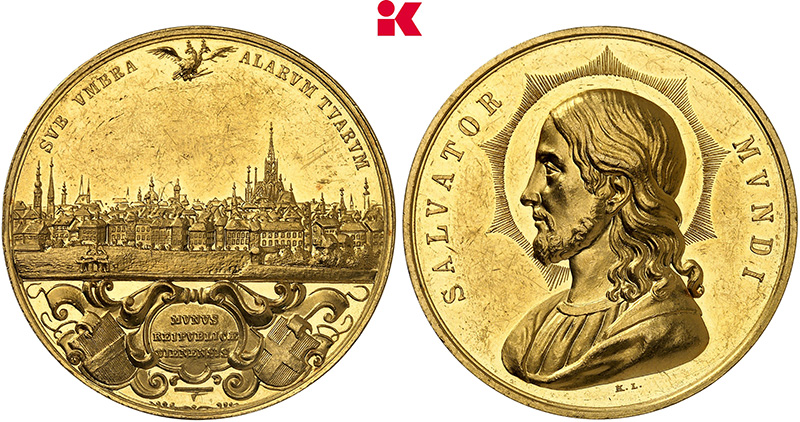Bulgaria and the Euro: the Current Situation
by Lisa Scheffert, translated by Maike Meßmann
Bulgaria has been trying to introduce the Euro since 2018. However, so far, the country’s efforts have been in vain. Inflation and political instability have prevented the EU country from joining the currency union.
Content
The Current State of Eurozone Negotiations
At the beginning of the year, the Bulgarian Finance Minister Rositsa Velkova announced that Bulgaria would not join the eurozone in January 2024, as had previously been planned. She explained that this was due to excessive inflation and inexistent but necessary laws to fight money laundering and corruption. The political instability of the country would prevent it from adopting such acts, the Finance Minister stated.
In April 2023, a new government was elected for the fifth time within two years. This government is pro-European and, immediately after being elected, proposed a new roadmap for Bulgaria’s introduction of the Euro. This plan suggests for the Euro to be introduced as a parallel currency. This means that a rule that is only applicable to companies right now will be extended to private transactions. The concerned parties will be able to choose the currency they want to pay in. The implementation of this rule requires the approval of the European Central Bank and the European Commission.
If the euro were indeed to be introduced as the sole currency, this would not be possible before January 2025. So far, the Bulgarian National Bank has confirmed this date.
Why Is Bulgaria so Keen to Join the Eurozone?
Bulgaria hopes that its accession to the eurozone will make it easier for the country to tap financial markets and attract more investment. But that is not the only reason.
In Bulgaria, there is a pro-Russian nationalist movement that opposes the European Union. Pro-European parties hope that Bulgaria’s accession to the eurozone will result in an economic upswing. They argue that the advantages of a single financial market will make it harder for pro-Russian parties to turn back the clock.
What Will Bulgarian Euro Coins Look Like?
The Bulgarian National Bank announced in late July 2023 that future euro coins will reproduce the motifs of current lev issues. In this way, the new currency will uphold the tradition of the old one.
According to representatives of the national bank, the inscriptions on the national side of the coins will also be reminiscent of the country’s long monetary history. They are to be written in Bulgarian Cyrillic. All denominations will feature the word “Bulgaria”; 1- and 2-euro coins will show the additional word “euro”. Cent coins will show the Bulgarian word “Stotinka”, which refers to the small monetary unit of the lev currency. The edge inscription of 2-euro coins reads “God save Bulgaria”.
The Madara Rider
Coins of 1, 2, 5, 10, 20 and 50 cents will depict the Madara Rider, which was also depicted by coins of 1, 2, 5, 10, 20 and 50 stotinki. It is an early medieval rock relief of a rider, which is a recognized UNESCO World Heritage Site. The rider is meant to represent the glorious past of Bulgarians in the early Middle Ages.
It dates back to the early 8th century. This era is connected with the triumph of Bulgaria over Byzantium. In 681, Bulgarians defeated the Byzantine Emperor, which led to the official recognition of the Bulgarian Empire. The Empire significantly expanded over the eight century. It stretched from the Black Sea in the south to the Adriatic and Ionian Sea and was limited by the Maritsa River and the city of Adrianople, today’s Edirne. In the north, it comprised territories of today’s Hungary and Ukraine and bordered to the Tisza river, in the east to the Dniester River and in the west it was limited by the Empire of Charlemagne.
The Madara relief recalls this period when Bulgaria was a powerful and large European empire.
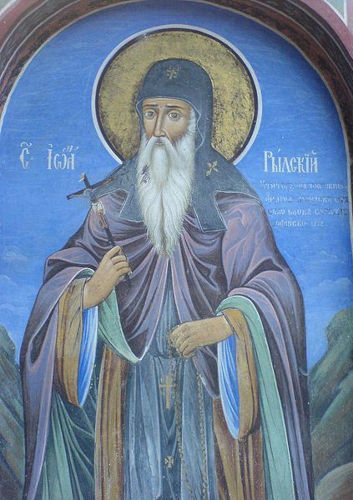
The oldest preserved icon of Ivan Rilski is from the 14th century. He is usually depicted as an old man with a long, pointed beard and a staff in his hand. Photo: Biso /Public Domain
The Face on the 1-Euro Coin – Ivan Rilski
Ivan Rilski is the patron of Bulgaria and a Bulgarian Orthodox saint. His portrait has been features on 1-lev coins since 1999. Ivan Rilski lived between the late 9th and the early 10th century. At the time, Bulgaria experienced a period of religious stability and independence as well as a golden age of religious architecture. In 927, the Bulgarian Orthodox Church was recognized by the Ecumenical Patriarchate of Constantinople.
Faith still plays a crucial role in Bulgaria, as is reflected by the legend “God save Bulgaria” that is to feature on the edge of 2-euro coins. This 1-euro coin recalls the beginnings of the Bulgarian Orthodox Church. To this day, most Bulgarians are Bulgarian Orthodox. Thus, the issue represents one of the pillars of Bulgarian identity: faith.
Legend has it that, until the age of 25, Ivan Rislki led his life as a simple shepherd until he withdrew to the Rila mountains and founded the Rila monastery. Even during his lifetime he was well-known for helping people in need, curing illnesses and performing miracles. Moreover, he is said to have preached faith, love and hope, as well as encouraged people to live a modest life in dignity like he did. Tsar Peter I is said to have made the difficult journey from the then Bulgarian capital of Veliki Preslav to the Rila monastery in order to speak to Ivan. Legend has it that the Tsar brought fruit and gold, but Ivan rejected the gold and only took the fruit.
After his death, he is believed to have performed one of his most famous miracles: When his bones were in Esztergom (Hungary) for a short time, the archbishop there refused to recognise him as a saint, which caused him to lose his voice. Only when the archbishop bowed to the bones of Ivan did he get his voice back.
Paìsiy Hilendàrski on 2-Euro Coins
Paìsiy Hilendàrski (1722-1773), a monk and famous historiographer of Bulgaria, is still considered the author that wrote the major work that gave the decisive impulse for the Liberation of Bulgaria from the Ottoman Empire. His work “Slav-Bulgarian History”, published in 1844 in Budapest, fuelled Bulgarian nationalism against the background of an awakening Bulgarian Enlightenment.
At this time, the Bulgarian Orthodox Church was under the control of the Ecumenical Patriarchate of Constantinople. As a monk, Hilendàrski travelled a lot and met scholars and Enlightened ideas in the region of Athos. In the 18th century, the monasteries in Christian Balkan provinces of the Ottoman Empire were considered centres of spiritual life. Inspired by this surrounding, he started to work on his main oeuvre in 1760. It turned him into a key figure of the Bulgarian National Revival, and he is honoured as such to this day.
By deciding on the motifs of future Bulgarian Euro coins, the country made another step towards joining the currency union. It remains to be seen whether the accession will actually take place in 2025.







